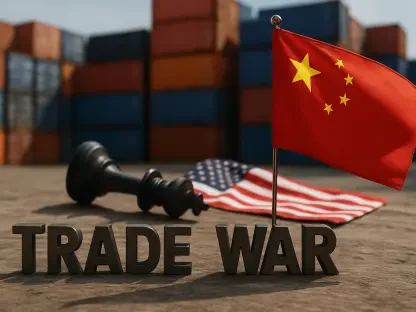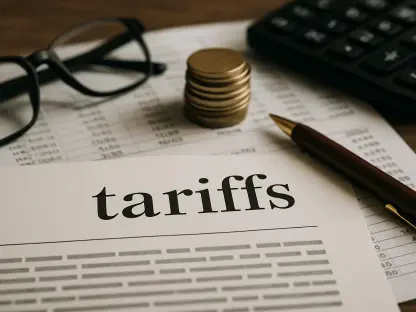Under the looming trade deal deadline set by President Donald Trump, Asian markets are navigating a complex landscape with varying responses. Trump’s firm stance on tariffs, set to take effect after July 9 if negotiations falter, has injected uncertainty into the region’s economic outlook. His readiness to impose higher tariffs parallels apprehensions about inflation and economic instability across these nations. The intricate dynamics surrounding currency exchanges and market forecasts reveal underlying vulnerabilities in economies heavily reliant on U.S. trade agreements. A mix of cautiousness and strategy has permeated market behavior, capturing attention from global investors eyeing the repercussions of stalled negotiations between the U.S. and its trade partners.
Market Performance and Economic Implications
Japan, known for its technological and automotive industries, felt immediate pressure as market performance initially declined amidst concerns about stagnant trade talks with the United States. The Nikkei dipped but eventually showed signs of recovery, albeit trading lower. Researchers spotlighted Tokyo’s acute exposure to impending tariff hikes, which threaten to escalate from 30% to 35% should a trade agreement fail to materialize. This situation resembles a “pressure cooker” environment, where strategic adaptations are essential for both Tokyo businesses and government policy. Meanwhile, Hong Kong’s Hang Seng index exhibited relative resilience with a minor increase, contrasting with a slight dip in the Shanghai Composite index, emphasizing divergent economic challenges across the region.
South Korea’s KOSPI index retreated in response to inflationary concerns following an unexpected surge in consumer prices. This development underscores the sensitivity of South Korea’s economy to fiscal and monetary disruptions. However, Australia’s S&P ASX 200 index moved up, reflecting confidence in the national market’s ability to withstand external economic fluctuations. India’s Sensex experienced a nominal decline, consistent with broader regional economic trends influenced by Trump’s tariff threats. Market analysts are scrutinizing these performances, gauging the potential longer-term impacts of trade negotiations while considering geopolitical factors.
Diverse Reactions in International and Local Markets
The current volatility in U.S. indices mirrors the multifaceted challenges in Asian markets as Wall Street grapples with trade uncertainties alongside local concerns, such as inflation and employment rates. Tesla faced setbacks, its shares experiencing a marked decline attributed partly to Elon Musk’s reportedly strained relationship with Trump. This points to potential vulnerabilities in high-tech sectors at risk from unfavorable tariff adjustments. Likewise, AI leaders like Nvidia faced obstacles, contrasting the optimism seen in gaming stocks spurred by Macao’s revenue data. Analysts view these sector-specific variations as indicative of broader trends affecting global demand and production cycles.
In stark contrast, automakers like General Motors and Ford demonstrated strong market performance, buoyed by strategic resilience amidst these trade deal discussions. This highlights the divergent strategies among industries in navigating Trump’s firm approach and anticipated tariff implementations. Commodities like oil and currency exchanges exhibited relative steadiness, despite prevailing uncertainties. The U.S. dollar rose against the yen and the euro, adding another layer to the complex economic interactions unfolding. Notable stock performances contribute to contemporary narratives in financial markets and investor strategies, incorporating broader interpretations of global economic dynamics.
Potential Outcomes and Strategic Perspectives
Facing the upcoming trade deal deadline imposed by President Donald Trump, Asian markets find themselves in a complex scenario requiring different strategic responses. The firm stance adopted by Trump, which proposes implementing substantial tariffs if negotiations fail to reach an agreement by July 9, has created a wave of uncertainty in the region’s economic outlook. His inclination toward higher tariffs raises concerns about inflation and potential economic instability for these nations, which thrive significantly from U.S. trade agreements. The intricate dynamics surrounding currency exchanges and market projections expose underlying weaknesses in these economies. Consequently, a blend of cautiousness and strategic maneuvers has become apparent in market behavior, drawing significant attention from global investors. These investors closely monitor the potential fallout from any stalled negotiations between the United States and its trade partners, keeping a keen eye on the possible global economic repercussions.









